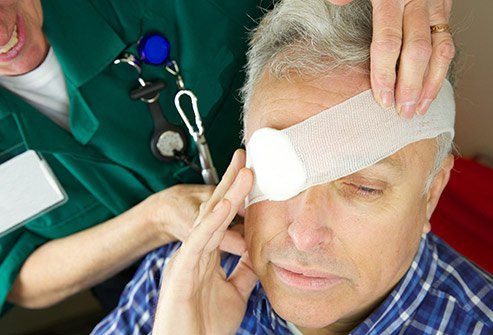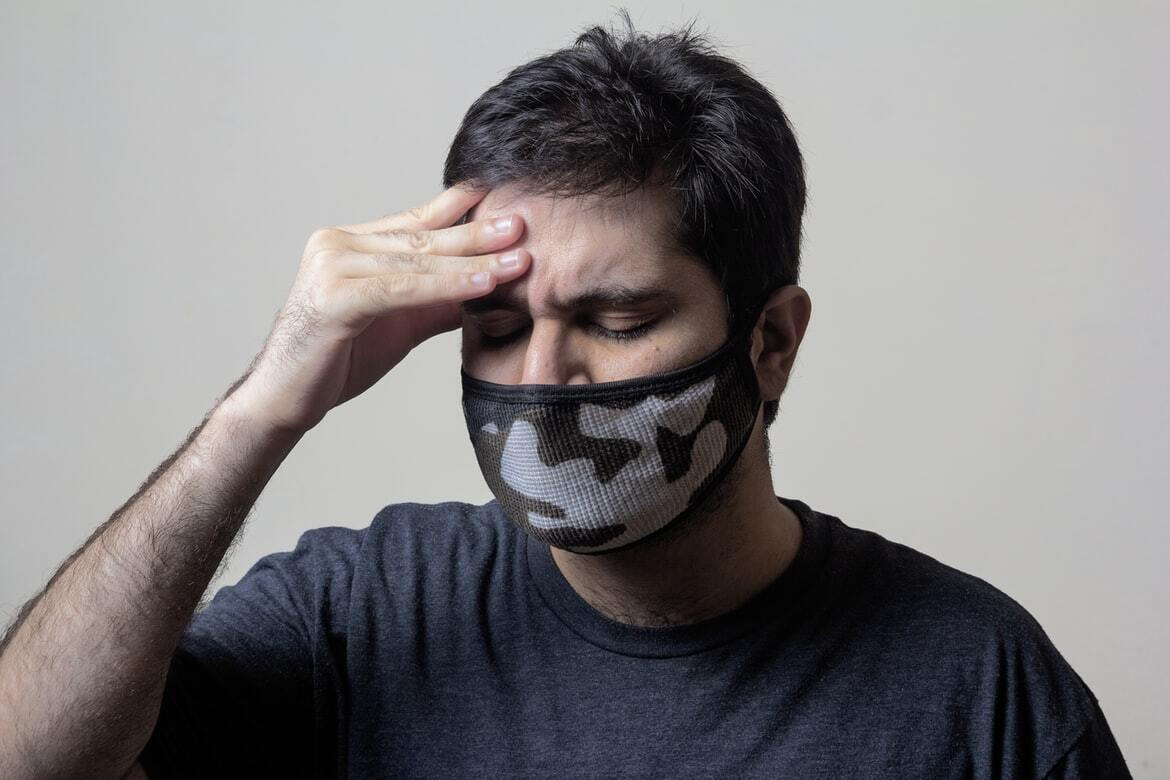Definition
Toxic maculopathy refers to damage to the optic nerve induced by drug poisoning. The prevalence of toxic maculopathy varies with the specific drug involved. For instance, the incidence of chloroquine-induced toxic maculopathy, a medication used to treat malaria, is approximately 7.5%, contingent upon the duration and dosage of the drug.
Causes
Optic nerve damage can occur in various structures. Initially, damage may manifest as a disorder of the retina and the retinal pigment epithelium. The retina, a component of the optic nerve, has functions to capture incoming light to the eye. The cells in the pigment layer absorb scattered light and limit blood vessels with the retina. Medications that can damage these structures include chloroquine (an antimalarial drug), phenothiazine (an antipsychotic medication), and pentosan polysulfate (a pain reliever for bladder issues).
Additional damage can affect the retinal blood vessels, potentially due to blockages impeding the oxygen and nutrient supply to the retina. Medications known to cause such vascular damage include cisplatin (a chemotherapy agent for various cancers), talc (an ingredient in powders), and aminoglycosides (a class of antibiotics).
Risk Factor
Risk factors for toxic maculopathy are primarily related to conditions necessitating the use of the aforementioned drugs. Moreover, conditions that impair drug elimination from the body, such as kidney failure, can elevate the risk of toxic maculopathy. Drug interactions, such as between chloroquine and tamoxifen (a cancer treatment), can also heighten the risk. Additionally, higher doses of these drugs correlate with an increased risk of developing toxic maculopathy.
Symptoms
Common symptoms of toxic maculopathy include:
- Blurred vision
- Decreased color recognition (dyschromatopsia)
- Impaired night vision (nyctalopia)
- Distorted shape perception (metamorphopsia)
- Constricted visual field, often described as tunnel vision
- Darkened areas within the visual field
Diagnosis
Diagnosing toxic maculopathy typically begins with an examination into the patient's medical history with treatments, the treatment duration, and the dosages administered. The physician may also explore any history of optic nerve issues. During the examination, the doctor may ask the patient to focus on a point and report any blurry areas around it. Additionally, symptoms such as itching, headache, dizziness, and nausea, particularly associated with chloroquine use, may be investigated.
A perimetry test can assess the extent of visual field impairment, aiding in monitoring the progression of maculopathy. Doctors may also dilate the pupil to examine the inside of the eye using a fundoscopy to check for nerve and blood vessel abnormalities indicative of drug toxicity.
Further examinations might include:
- Fundus autofluorescence (FAF) to assess the optic nerve and surrounding blood vessels.
- Optical coherence tomography (OCT) to detect thinning of the nerve layer in the eye.
- Electroretinogram (ERG) to evaluate the extent of damage in toxic maculopathy.
Histopathological examinations, involving the analysis of cells and tissues, can also be conducted to determine the degree of cellular damage in toxic maculopathy.
Management
The primary management for toxic maculopathy is to discontinue the causative drug once its involvement in causing the condition is confirmed. Transitioning to an alternative medication to continue therapy for the underlying disease is essential to ensure treatment continuity. Despite cessation of the causative drug, toxic maculopathy can persist for up to six months. Continuation of the causative drug may only be justified if the underlying disease severely impacts quality of life more than the risk of blindness.
Drug cessation must always be under medical supervision. Patients on medications with potential toxic maculopathy risks should adhere strictly to prescribed dosages to avoid disease complications or prolonged illness.
In some instances, toxic maculopathy may be addressed surgically. Procedures such as vitrectomy, the removal of vitreous fluid, can aid in treatment. Steroid therapy might also be considered, particularly for toxic maculopathy resulting from intravitreal antibiotic injections.
Complications
While most cases of toxic maculopathy improve with the discontinuation of the offending drug, complications can include worsening vision. Stopping the drug does not guarantee the restoration of normal vision; the condition can progress to severe stages, potentially leading to blindness.
Prevention
Preventing toxic maculopathy involves using medications strictly according to indications and proper dosages. Drug dosages should ideally be calculated based on actual body weight to avoid overdose. However, in short or obese individuals, ideal body weight may be used to help calculate drug dosage. Awareness of potential visual disturbances from prolonged drug use is crucial, and patients should consult their doctors about side effects, especially for long-term medications.
Before prescribing drugs with a risk of toxic maculopathy, doctors may perform vision function screenings, internal eye examinations, and kidney function tests to assess the body's drug clearance capability.
Avoiding injectable drugs that may contain talc, which can form crystals in the eye, can also help prevent toxic maculopathy.
When to See a Doctor?
Seek immediate medical attention if experiencing progressive vision loss, particularly with a history of medication use for bladder pain or autoimmune diseases like lupus, or if symptoms such as:
- Difficulty recognizing colors
- Trouble seeing in low light
- Perception of shape changes in objects
- Frequent stumbling
- Tunnel vision
- Blurred vision in parts of the visual field
These symptoms may indicate toxic maculopathy, which, if undetected, can lead to permanent eye damage. Early diagnosis can help physicians manage the underlying disease and prevent further optic nerve damage.
Looking for more information about other diseases? Click here!
- dr Nadia Opmalina
Chhablani, J., Shah, V., Tripathy, K., Zhu, I., Hsu, J., & Lim, J. (2021). Drug induced maculopathy - EyeWiki. Retrieved 27 November 2021, from https://eyewiki.aao.org/Drug_induced_maculopathy
H35.381-383 Toxic Maculopathy Of Retina - Decision-Maker PLUS. (2021). Retrieved 27 November 2021, from https://decisionmakerplus.net/dg-post/h35-383-toxic-maculopathy-of-retina/#1454796521212-7825a409-4a1e5e19-259e
Stokkermans, T., Goyal, A., Bansal, P., & Trichonas, G. (2021). Chloroquine And Hydroxychloroquine Toxicity. Retrieved 27 November 2021, from https://www.ncbi.nlm.nih.gov/books/NBK537086/












